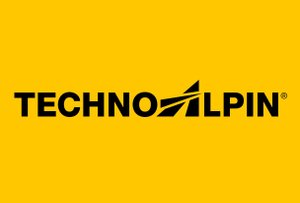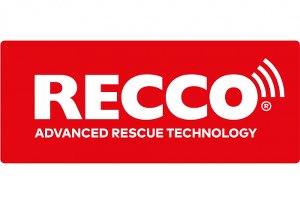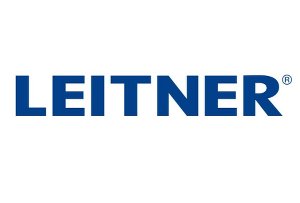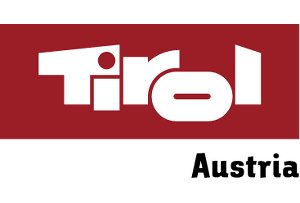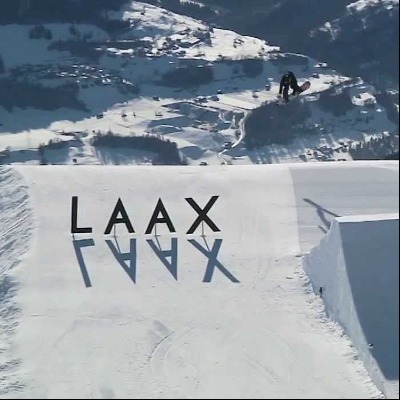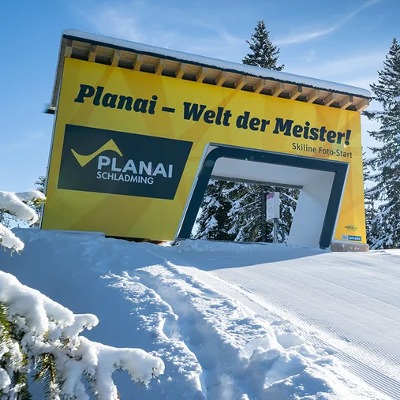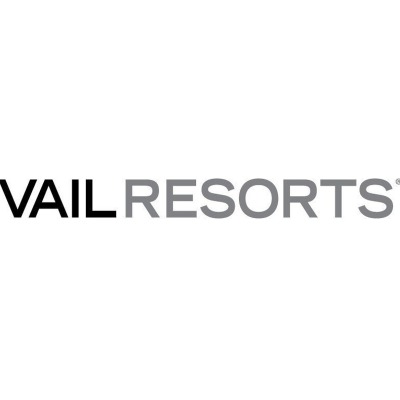57th Vorarlberg Lift Co' Conference Held In Götzis
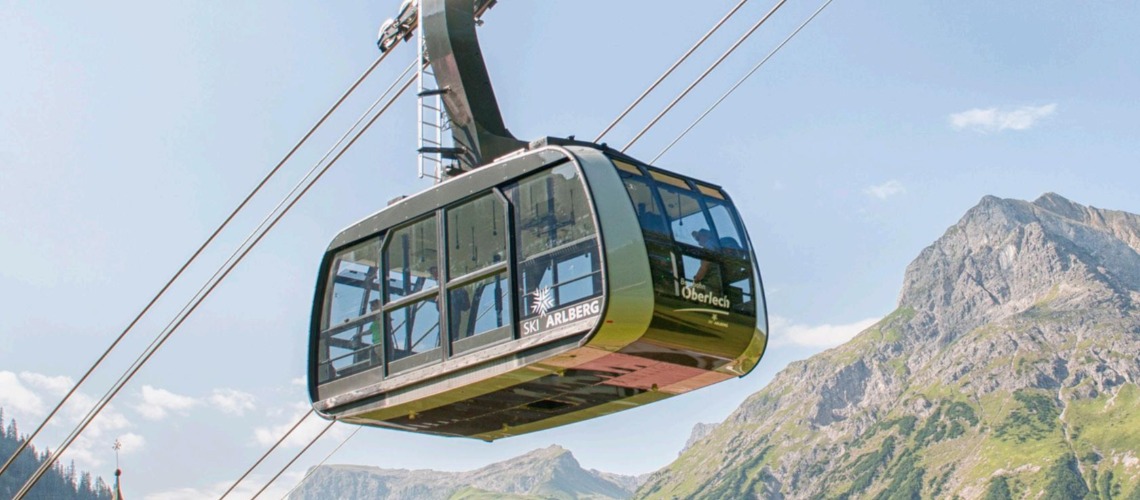
The 57th Vorarlberg Lift Co' conference was recenrtly held in Götzis
Increasingly complex procedures and lengthy approval processes are posing growing challenges for mountain regions. Vorarlberg's cable car operators warn that this is stalling development and are calling for clearly structured processes and centralized responsibilities to enable faster implementation of promising projects. They emphasize that this is not about lowering protection standards, but rather about transparent and efficient processes that create planning certainty. Lengthy and complex approval procedures, along with overlapping responsibilities, are currently hindering many projects in the Alpine region, with consequences for the entire area. "Where cable car operators can invest and modernize, tourism remains vibrant, jobs are preserved, and added value is secured in the valley. Conversely, the high bureaucratic burden jeopardizes precisely these structures and thus the future of entire regions," said Andreas Gapp, Chairman of the Vorarlberg Cable Car Association, at the 57th Vorarlberg Cable Car Conference held at the AMBACH cultural center in Götzis.
The Vorarlberg cable car association represents the interests of 68 members and 32 ski resorts. Across Vorarlberg, 246 cable cars and lifts are in operation, serving a total of approximately 1,000 kilometers of ski slopes.
Factbox Cable cars Vorarlberg:
- Board of Directors: Chairman Dr. Andreas Gapp (Kleinwalsertaler Bergbahn AG)
- Deputy Chairman Thomas Lerch (Gargellner Bergbahnen GmbH & Co KG)
- Deputy Chairman Ing. Philipp Zangerl (Ski-Zürs-AG)
- Managing Director Mag. Michael Tagwerker
- Members: 68 businesses, 32 ski resorts
- Number of lifts: 246 cable cars, chairlifts, drag lifts
According to Gapp, many obstacles arise not from substantive concerns, but from the complex bureaucratic structures. "The crucial thing is to consolidate responsibilities and make processes clearer and more transparent. It's not the protection itself that slows down projects, but the opaque pathways to achieving it."
The extent to which bureaucratic procedures differ from country to country and region is evident when looking beyond Vorarlberg's borders. Christian Weiler, Managing Director of the ski resort planning firm Klenkhart & Partner, cites examples from his experience: "In Bavaria, for instance, the final inspection—the official acceptance and verification of a completed facility before commissioning—is carried out by a private expert. In Austria, achieving the exact same result requires numerous expert opinions and bureaucratic processes, making the whole procedure considerably more complex and opaque." Even with large projects, lengthy procedures don't automatically lead to a higher-quality output. "As Dr. Heinrich Klier aptly put it: 'We used to plan for three months and build for three years. Today it's exactly the opposite,' Weiler emphasizes. Despite the significantly increased planning effort, the quality of execution hasn't risen to the same extent, as it has been at a very high level for decades, the planning expert points out. In this context, Weiler also recalls the 20-year planning phase of the Piz Val Gronda cable car in Ischgl: "After decades of discussions and official procedures, the project was implemented exactly in its original form and is now a valuable component of the overall ski area. The long delay did not improve anything, but only slowed down developments."
The cable car companies make it clear that high environmental and safety standards are beyond question. "Protection remains a core value, of course," says Andreas Gapp. "But when projects are blocked for years, even though they are planned to the highest technical and ecological standards, it leads to stagnation instead of progress. And that's a lose-lose situation for everyone involved." Christian Weiler explains that many high-quality biotopes in ski resorts are the result of slope construction measures implemented according to the highest environmental standards and maintained for years with considerable personnel and financial investment. "For example, turf bricks are transplanted by hand, areas are recultivated with locally sourced hay, and the slopes are managed in an ecologically sustainable way," Weiler continues. "Nevertheless, these efforts are not taken into account in subsequent nature conservation proceedings. In addition, authorities are increasingly demanding detailed design plans, even though the focus is actually on permitting – this unnecessarily prolongs and increases the cost of the process."
For the expert group, one thing is clear: reducing bureaucracy means greater efficiency while maintaining the same high level of oversight. "It's not about lowering protection levels or badmouthing the administration, but about strengthening both so that good projects can become reality more quickly," says Michael Tagwerker, Managing Director of the Cable Car Association at the Vorarlberg Chamber of Commerce. Weiler also sees structural levers: "Uniform and comprehensible framework conditions, like those already in place in Salzburg or Bavaria, would ensure significantly more clarity and transparency. There, for example, specialized working groups address topics such as water management and ski facilities, sometimes supplemented by the involvement of private experts."
The Vorarlberg cable car companies are continuously investing in quality, be it in technology, slope optimization, service, or environmental standards, explains Gapp. "If we want to remain competitive in the long term, we must continue to offer our guests the highest standards. For this, we need reliable processes and transparent responsibilities, as well as a healthy and intact natural environment." Responsible management of alpine habitats and more efficient processes are not mutually exclusive. On the contrary: both are necessary to ensure innovation, sustainability, and competitiveness in the long run.



